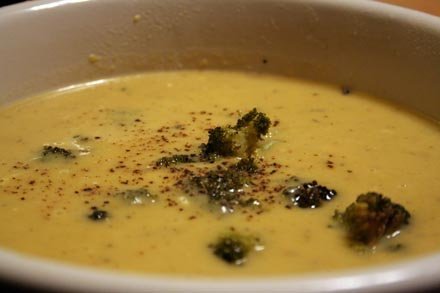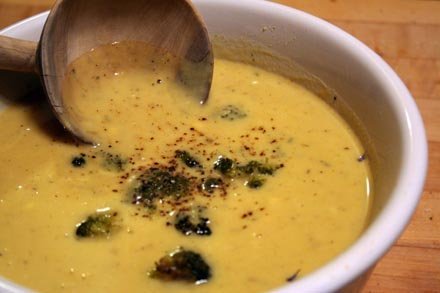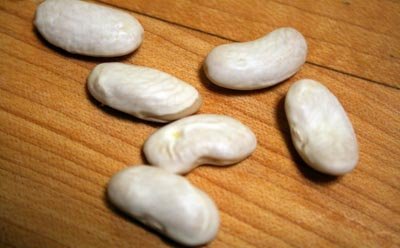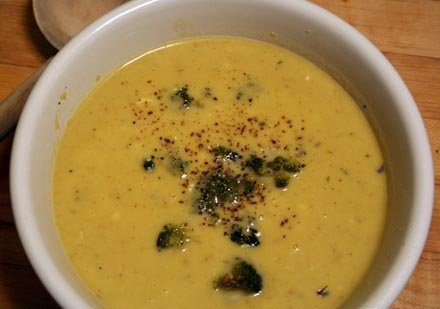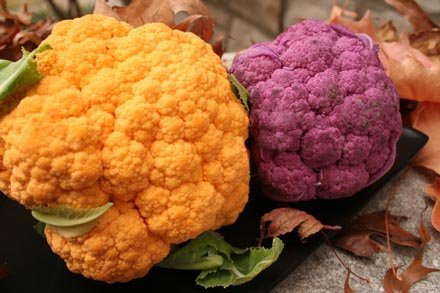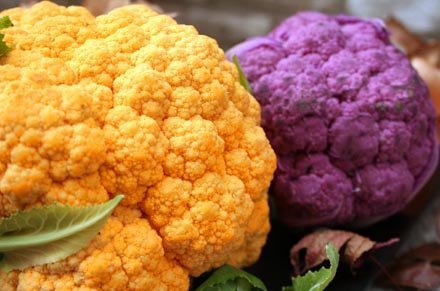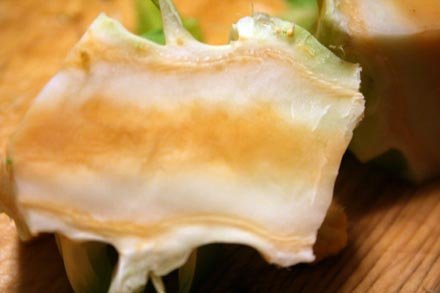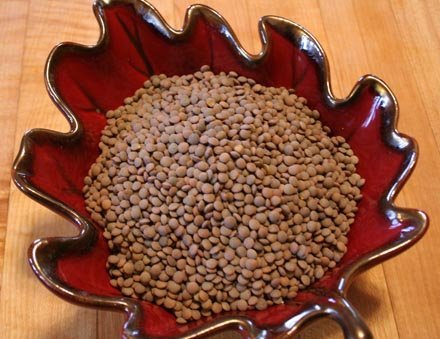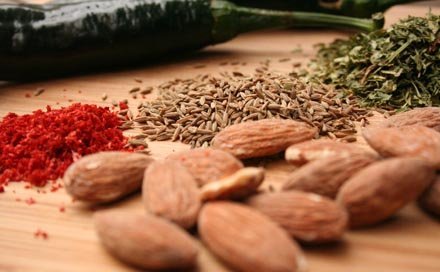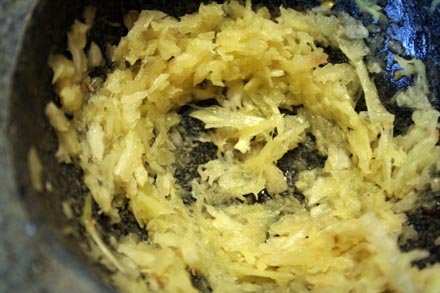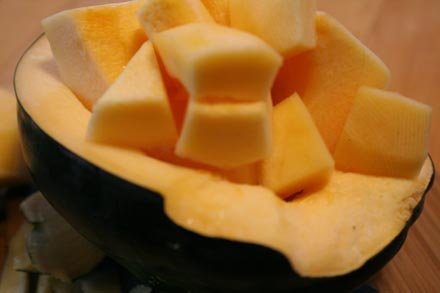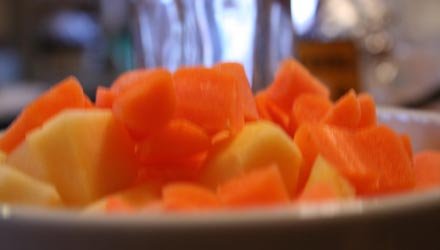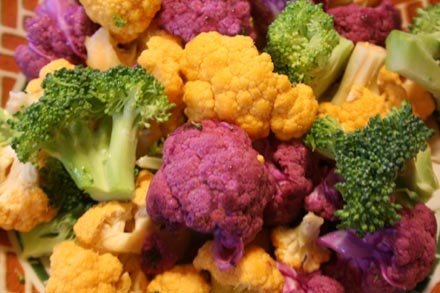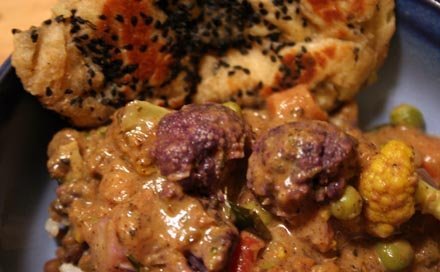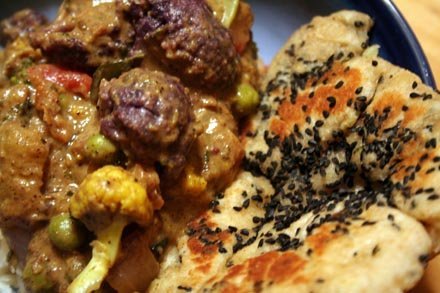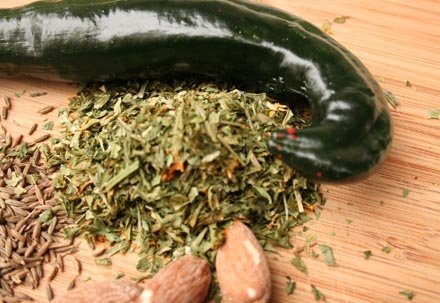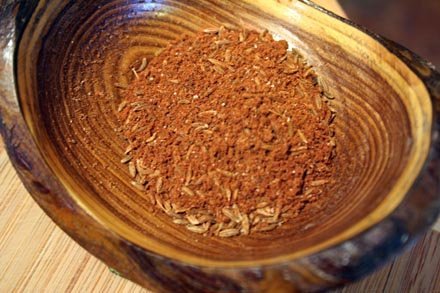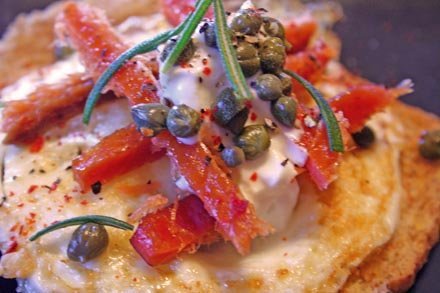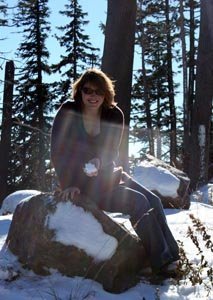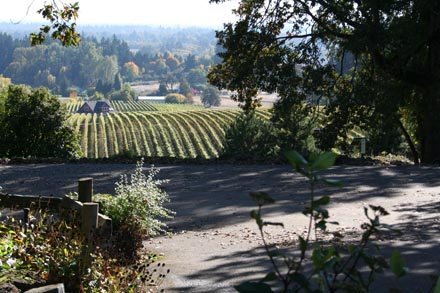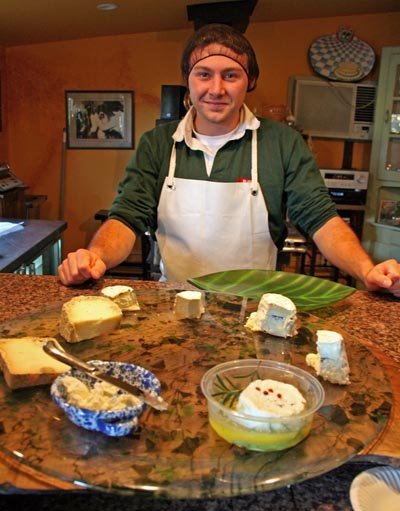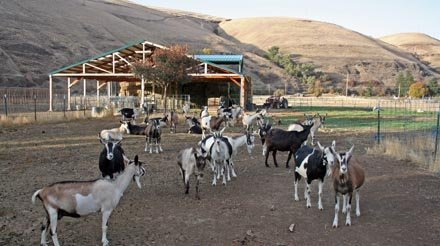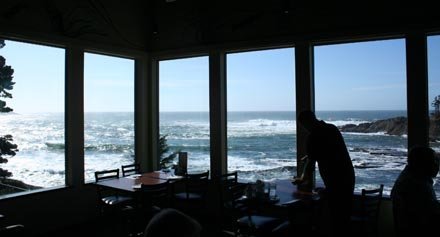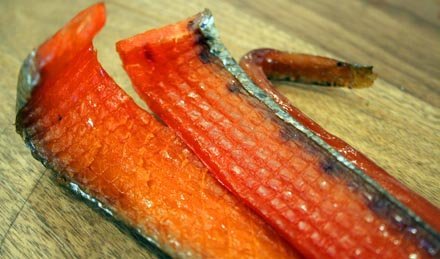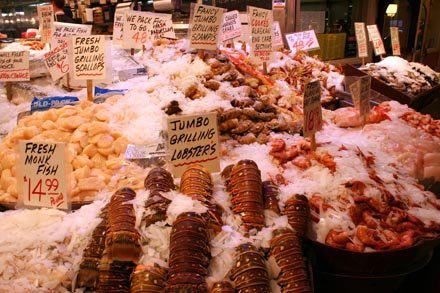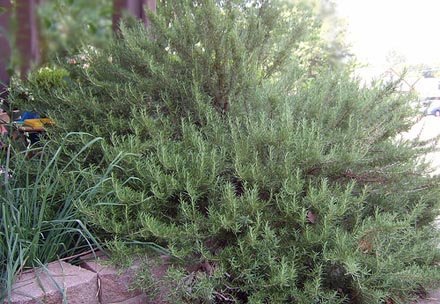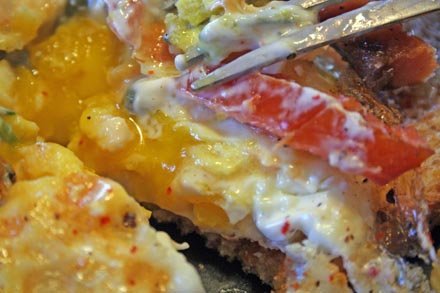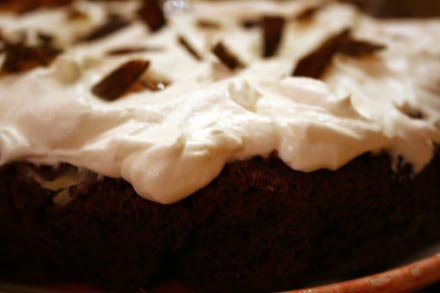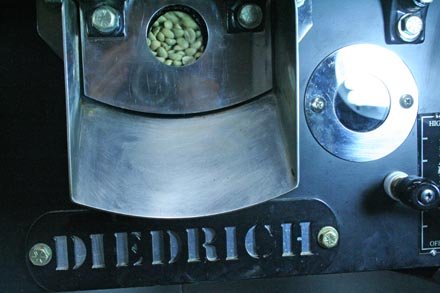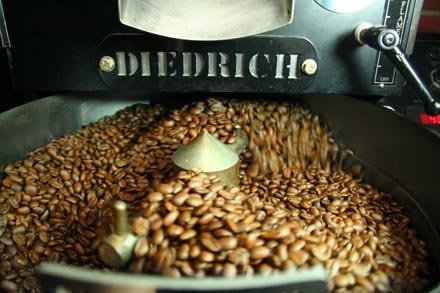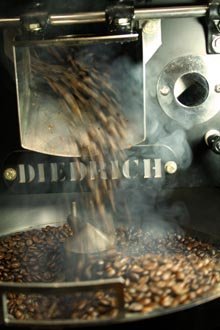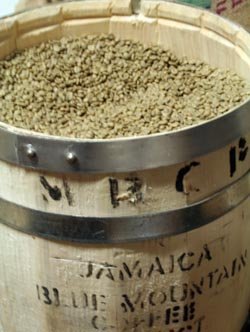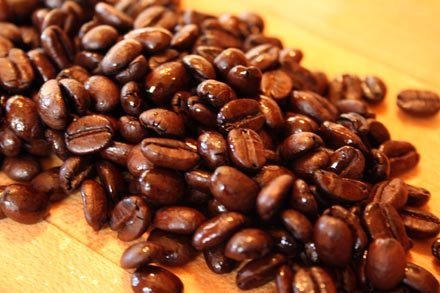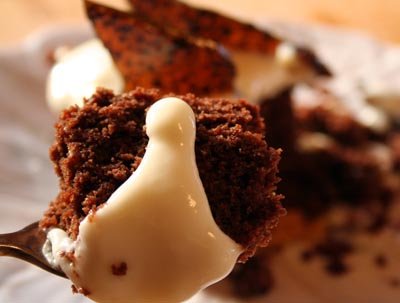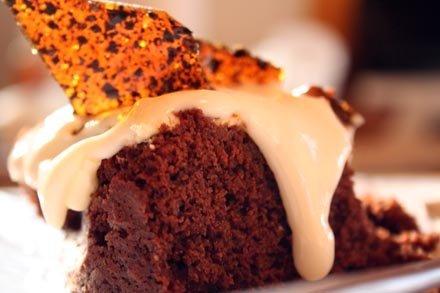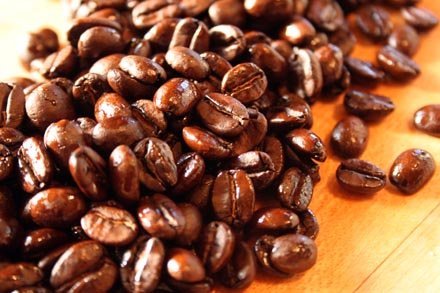Now that we’re into coat weather here, I’ve adopted my winter route around campus. Down hidden hallways and out through the backdoors, shuffling along in the shadow of tall buildings, looping the long way, around the field and under the bridge.
This serves a handful of purposes. The towering brick buildings shield me from the worst of the howling gales (St. Louis, after all, is known for its ability to generate wind power). Plus, the backside routes keep me off the radar of the petitioners. I work on a university campus – there are always referendums and protests to pen my name to. Oh, I’m a champion for social change, please don’t think otherwise. But this election season was interminable. I need a break.
That’s how I got the inspiration for this recipe, by walking across campus via the winter route, in one of those strange events that can only happen in an urban setting. Here’s how it went:
I emerged from the backside of our library and was congratulating myself for looking at the backs of the petitioners du jour (which meant that they hadn’t seen me, or if they had, I was too far away to interest them), when a man stepped in front of me and blocked my path.
“Can I borrow a buck so I can buy a bowl of bisque?” he asked, though his tone made it more of a statement than a question.
How very iambic, I thought, and I couldn’t help but chuckle at the alliteration. “A quite creative request for a cup of… chowder,” I quipped. It was the best I could do on short notice. “Coming from a class on Kipling?” He didn’t smile.
Homeless or a student? In his baggy jeans, faded sweater with the wrinkled cotton cuffs underneath, the faded satchel, lopsided knit cap and the flip flops (despite the cold and overcast sky), it was hard to say. Many of the students look homeless and hungry – it’s in style. Of course, if not on a college campus then where would you expect your panhandlers to be poets? And food snobs? I shrugged good-naturedly and fished around in my pockets.
Later I realized that he probably did use my buck for a bowl of bisque, since tomato bisque was one of the soups of the day in the campus cafeteria.
And that’s how I got bisque on the brain. Well, that and all those butternut squash and sweet potatoes lying around my kitchen. Not to mention that I had a crisper drawer harboring the remains of the cheddar cauliflower from last week. You didn’t think I’d let that go to waste, did you?
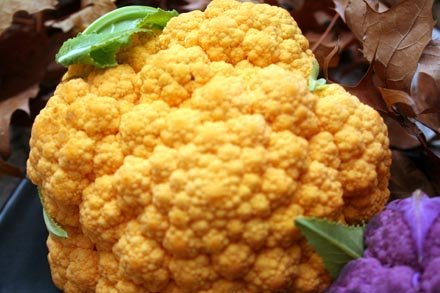
Before I get to the recipe, I have to admit that today’s bean is a puzzle, and any help out there is welcome. See, my beans went wild in the garden this year, refusing to stay in the neat little square feet I’d methodically marked out with string early in the spring. No, instead they seemed to explode horizontally, weaving in and out of each others’ reaching tendrils, snagging on poles willy-nilly and otherwise refusing to acquiesce to my need for order. So when harvest came, I picked a cacophony of dried beans and threw them all in a big box. I’ve been sorting them as I can, but I can’t really tell what’s what and somewhere along the way, my nice neat garden markers got swallowed.
In other words, I have no idea what kind of heirloom bean this is. Do any of you?
In any case, they were creamy, sweet, and made a nice addition to this roasted cauliflower bisque.
The Recipe
Roasted Cauliflower and Mystery Bean Bisque
1 head cheddar cauliflower (white will, of course, suffice)
½ cup broccoli florets
1 medium yellow potato, peeled
5 garlic cloves
1 small yellow onion
2 tablespoons olive oil
1 ½ cups cooked mystery heirloom beans (or, if, like me, you don’t know what they are, white beans)
5 cups vegetable broth
1 cup water
3 teaspoons finely chopped fresh thyme leaves (or 1 ½ tsp dried)
1 bay leaf
generous amount of black pepper, to taste
½ teaspoon salt
2 cups heavy cream
½ cup grated Parmesan cheese
Preheat oven to 425°F. Divide cauliflower head into flowerets. Chop the potato and onion into chunks. Remove papery skin from each garlic clove. Place all the ingredients into a roasting pan, then drizzle with olive oil, salt and pepper. Stir well to coat all the veggies, and roast in middle of oven about 30 minutes, or until the edges are beginning to brown.
Heat broth and water in a large stock pot. Remove the broccoli florets from the roasted vegetables. When boiling, reduce to a simmer and add roasted veggies, the beans, thyme and the bay leaf. Let simmer for30 minutes, or until the veggies have become tender. Remove the bay leaf and then, in a blender , puree soup mixture in batches until it is smooth. Add a bit more water if you prefer a thinner soup, then transfer the soup back to the stockpot. While soup is hot (but not boiling), stir in the grated Parmesan and the cream. Stir, then taste and adjust the salt and pepper as necessary. If soup has cooled, heat again just until well warmed, but be careful not to let it boil or the cream will curdle. Garnish with broccoli florets and additional pepper and Parmesan. Serve hot.

